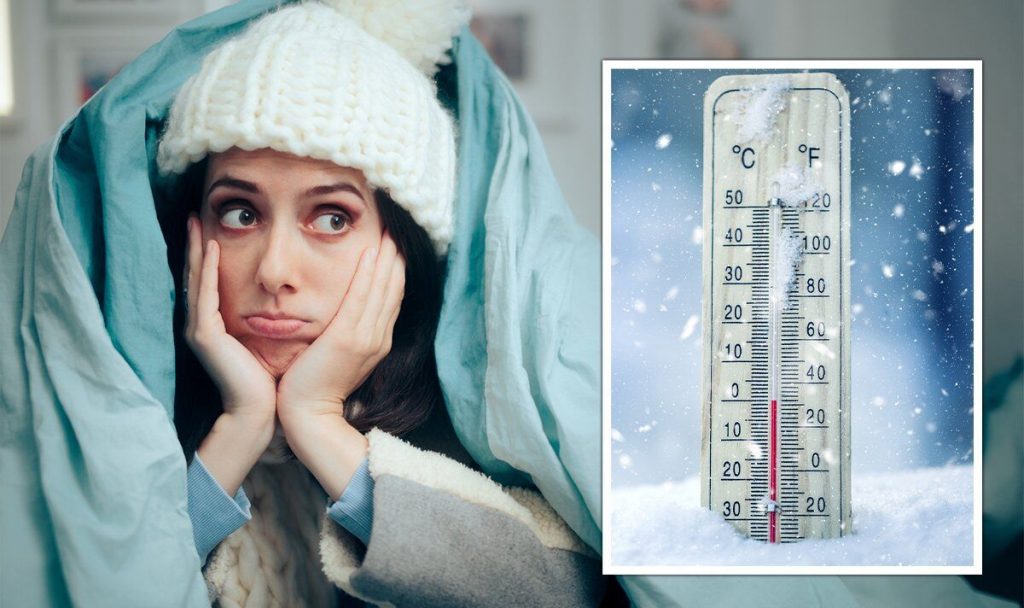
Since October 2022, Britons with average energy usage at home have seen their gas and electricity costs increase by 27 percent, even with the price guarantee being in place. Various cost of living payments and energy bill concessions have been offered by both the Government and suppliers, respectively. One of the most-well known support initiatives is the Government’s Cold Weather Payments schemes.
However, consumer experts are sounding the alarm that “more needs to be done” to lower energy prices in the long term in light of the unique issues affecting the UK.
What is the Cold Weather Payment?
The Cold Weather Payment is accessible to those who claim certain qualifying benefits if the area they live in experiences sub-zero temperatures over a seven-day period.
Among these qualifying benefits include: Pension Credit, Income Support, income-based Jobseeker’s Allowance, income-related Employment and Support Allowance, Universal Credit and Support for Mortgage Interest.
Those who meet this eligibility criteria will get £25 for each week-long period of very cold weather between November 1 and March 31.
READ MORE: Pensioners could get ‘lifeline’ payment worth up to £370 per month
It should be noted that those living in Scotland are not entitled to the Cold Weather Payment but might get an annual £50 Winter Heating Payment instead which is not dependent on the above qualifying criteria.
Despite this support, only households living in certain areas of the country will qualify and a £25 reduction to someone’s energy bill is significantly less than recent cost of living support.
During the 2022/23 winter period, the Government is rolling out its £400 energy bill discount in instalments every month.
On top of this, means-tested benefit claimants who are also may be entitled to the Cold Weather have been able to claim a £650 cost of living payment.
DON’T MISS
A similar payment will be given to means-tested benefit claimants in 2023 however this will be worth £900.
Energy experts are sounding the alarm that the wide range of cost of living support, including the Cold Weather Payment, may not be enough primarily due to
Consumer champion Will Hodson spoke with Express.co.uk about Britain’s severe lack of green infrastructure which is hurting the country in achieving affordable energy efficiency.
The founder of How to Save It praised the “brilliant” support scheme but noted that “more needs to be done” to help low income families with the annoying energy bill crisis.
READ MORE: NS&I announces December 2022 Premium Bonds prize winners
Mr Hodson explained: “The Cold Weather Payment scheme offers targeted support to the most vulnerable in the coldest periods of winter which is brilliant.
“But more needs to be done to keep Britons warm. Britain has the oldest housing stock in Europe and that is something to be proud of, but it does mean our houses are leaky.
“Even when temperatures are above zero, houses can be unpleasantly cold and hard to heat.
“Whilst support like the Cold Weather Payment scheme can help in the short term, it acts as a mere sticking plaster over a wider issue.”
The consumer expert is urging the Government to consider a better long-term strategy to address the UK’s energy bill crisis which could reduce costs by £600.
He added: “What we are calling for at How To Save It is the immediate roll out of a National Insulation Scheme to make homes cosier, and cheaper to heat.
“The installation of loft insulation alone can cut £600 off the average household bill providing long lasting support.
“By targeting the vulnerable households first, such a scheme could make a real difference to families.
“Handouts such as the Cold Weather Payment scheme, whilst necessary in the short term, are not an effective long term solution.”
 Latest Breaking News Online News Portal
Latest Breaking News Online News Portal





